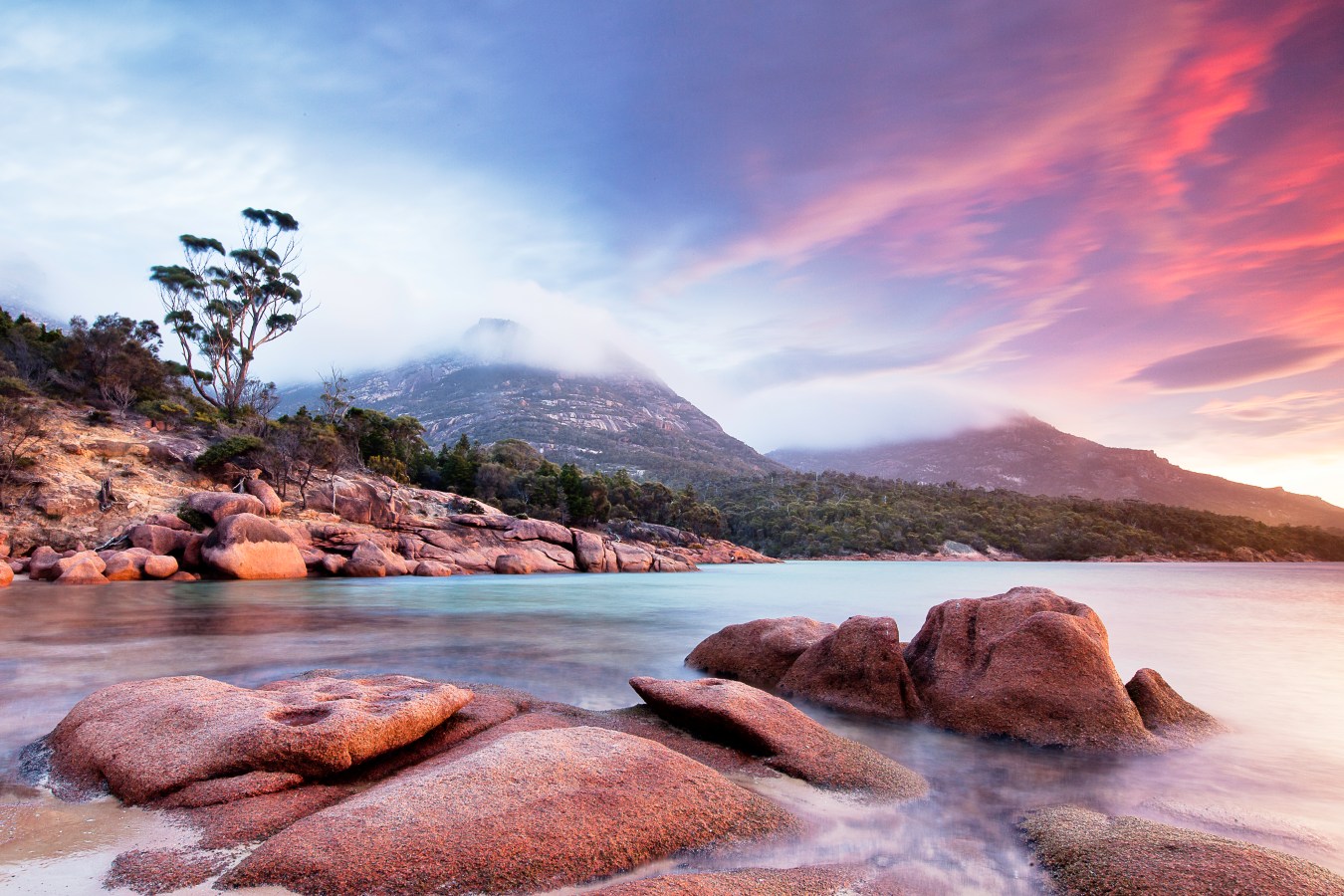Breaking the ice in style with Ponant
Incredible landscapes, uncompromising luxury and up-close polar bear sightings on a journey to the Arctic Circle.
SPECIAL FEATURE
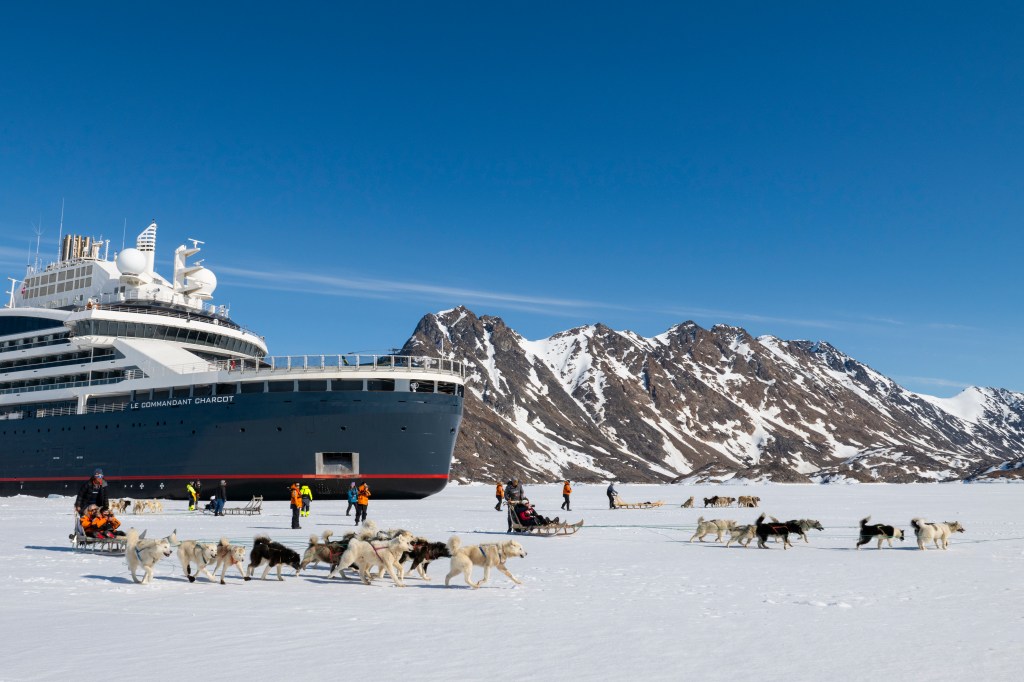
On the second night at sea, nearing 11 pm – misty but still light – the ship struck ice. The frozen ocean of the Arctic Circle let out an almighty crackling sound as Le Commandant Charcot cut a course for the shores of Greenland.
Just a few hours earlier, we had been enjoying a black-tie gala dinner in the ship’s formal restaurant, Nuna, with haute cuisine designed by French chef Alain Ducasse. Billecart-Salmon Champagne was served, and a guest at the next table ordered a 2009 Chateau Pétrus – just one of the outstanding bottles of wine available.
We’d boarded French cruise line Ponant’s luxury polar explorer ship Le Commandant Charcot the previous day in Reykjavik, Iceland. Our first 24 hours aboard had seen smooth sailing, crossing the Denmark Strait under sunny blue skies. But the ice was what we were all waiting for.
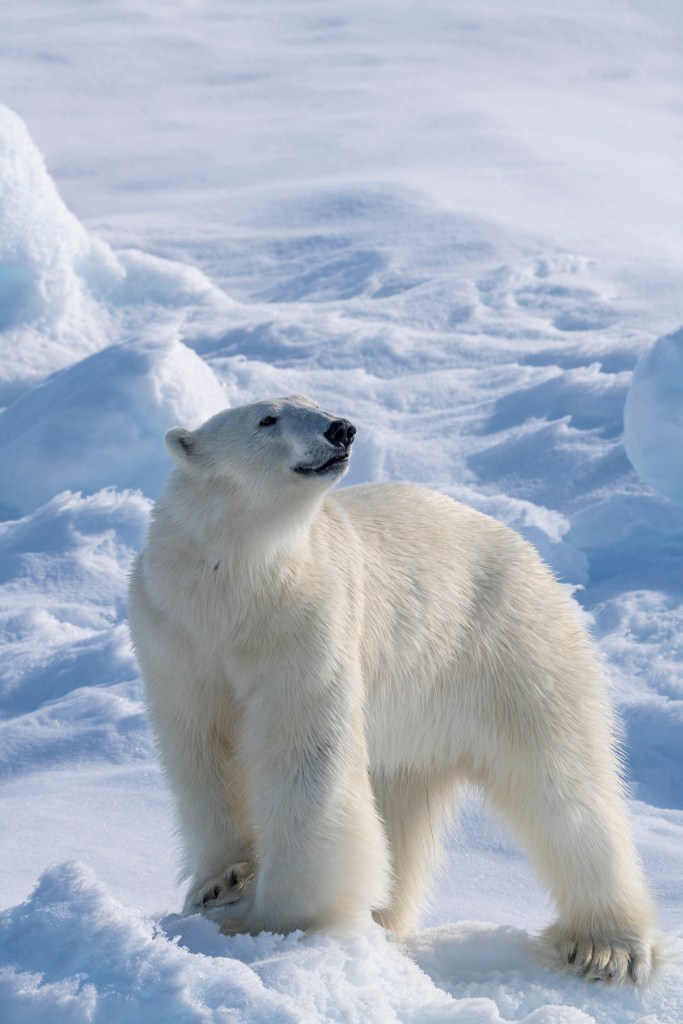
Ice is what Charcot was built for. The half-billion-dollar vessel is a Polar Class 2 icebreaker. This is the only purpose-built luxury passenger ship that can take you to areas like the coast of Greenland or directly to the North Pole.
The only ships built tougher than this state-of-the-art vessel are military battleships or Russian nuclear-powered icebreakers, which don’t tend to offer the same high levels of comfort Charcot does.
Cabins are available in various shapes and sizes — from the 20sqm prestige stateroom and 28sqm deluxe suite, the two-storey 94sqm duplex suite and the exclusive 115sqm owner’s suite, plus an array of configurations in between.
All guest accommodations have a balcony, allowing travellers to step out and enjoy the polar scenery anytime. It was spring and was light more than 20 hours a day, allowing for near ’round-the-clock sightseeing – but cabins are equipped with blackout curtains.
The ship’s décor is the work of architects Wilmotte & Associés and hospitality interiors specialists Studio Jean-Philippe Nuel. With Nordic wood panelling, tasteful slate finishes and neutral-hued leather, you feel you’re on a contemporary superyacht rather than a exploration vessel.
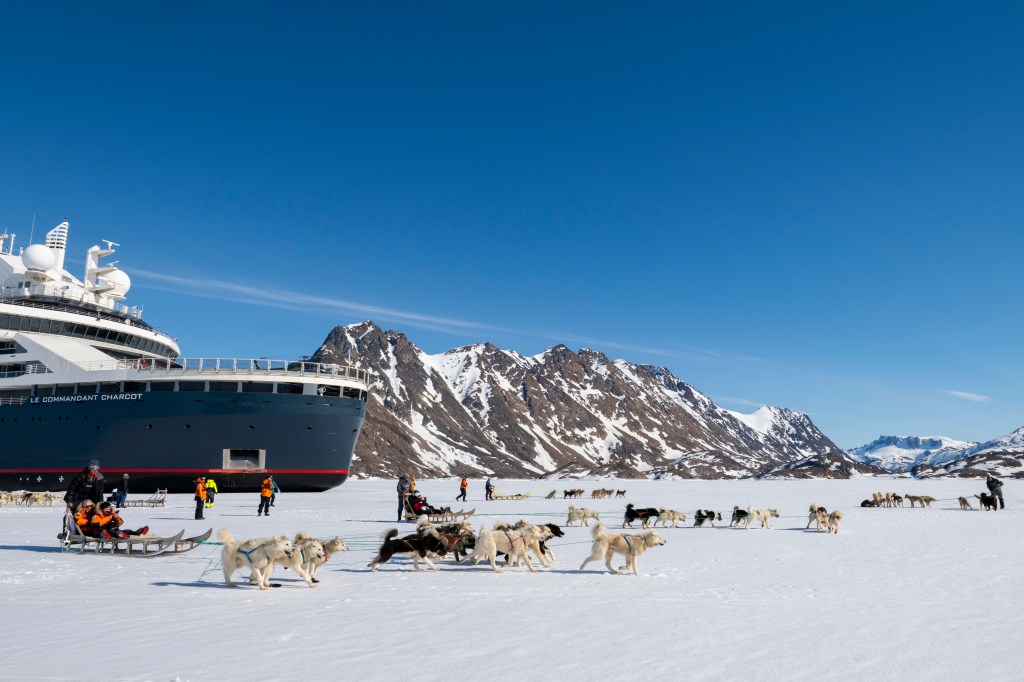
Awesome landscape awaits the adventurers. Kulusuk, Greenland
The Charcot is also superyacht-esque and far more intimate than you’d experience on the average cruise liner. Today’s biggest cruise ship has a maximum capacity of 7,600 passengers and 2,350 crew. Charcot accommodates a tiny fraction of that number and is only 150m long.
The ship fits plenty into that space, however. There are two swimming pools (one indoor, one outdoor), two restaurants, several bars, a spa with a snow room and handsome wood-panelled sauna, a whisky and cigar lounge, a helipad, two bridges (the ship can be piloted forwards or backwards), and a theatre/cinema showing nature documentaries, hosting lectures and live song-and-dance productions.
She sleeps a maximum of 270 guests, with around 200 service staff and crew. The type of traveller attracted to an expedition like this – elements requiring a certain level of physical vigour – attracts a somewhat younger and, certainly, livelier clientele than the average luxury cruise.
Charcot draws a fashionable set, which should come as little surprise given Ponant’s ownership. The line was acquired in 2015 by Group Artémis, an investment company controlled by billionaire luxury industry titans, the Pinault family. Through Artémis, the Pinaults hold a 40.9% stake in Kering, the company behind Gucci, Bottega Veneta, Balenciaga, Boucheron, Saint Laurent and Alexander McQueen.
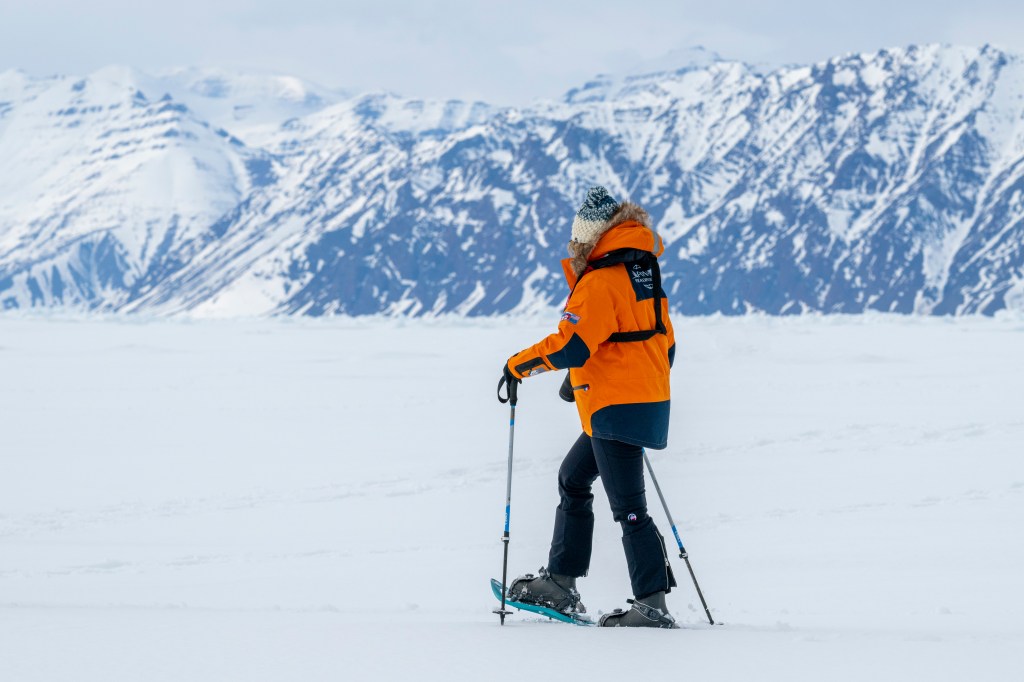
Ponant generously gifts each passenger with their own brightly-coloured fleece-lined parka and lends snow boots for the journey. On the third day, the ship visited Tasiilaq on the east coast of Greenland, home to 1,900 mostly Inuit people. We explored the village of red, yellow, blue and green wooden homes dotted across the hillside. The following day, local Inuit organised a dogsledding trip to visit a nearby glacier.
Over the 11-day expedition, the journey included several optional outings, including rides on Zodiac boats, hikes, kayaking, and an overnight trek to camp on the snow.
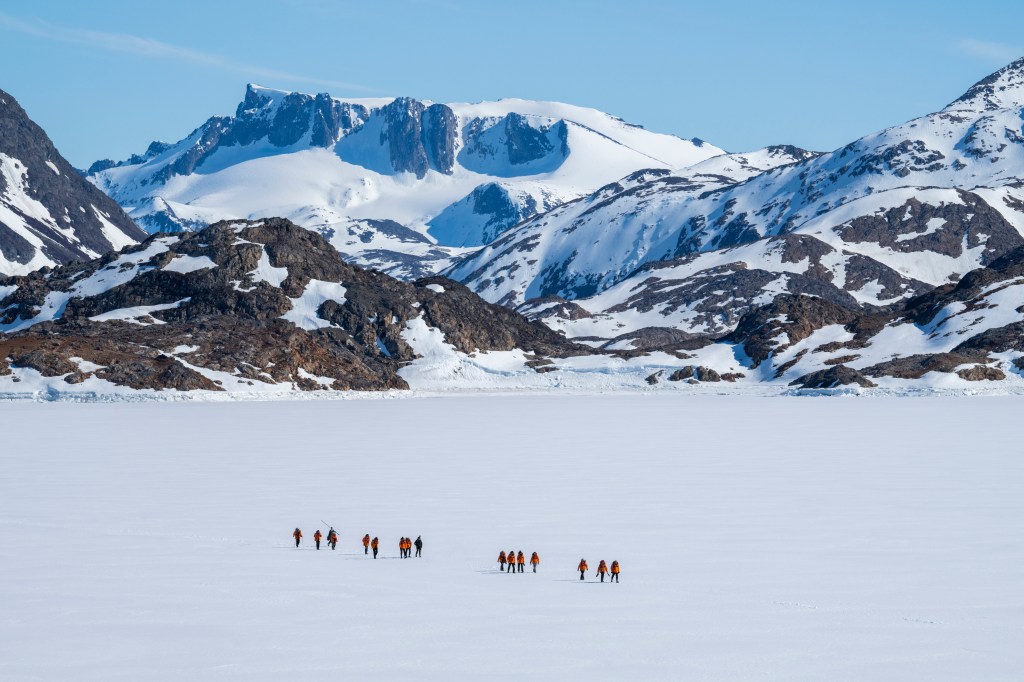
On the days the ship was at rest, there was the chance to walk freely on the ice. Crew armed with rifles were posted, forming a perimeter around the vessel keeping a vigil against polar bears. A dozen of these magnificent animals were sighted over the course of the journey, some coming right up to the ship’s hull.
Polar bears are fierce creatures – the largest land-based predators on Earth. Large ones can reach up to 3.3 metres in height and weigh 770 kilograms. Maintaining that heft requires a hearty diet, and polar bears are strictly carnivorous.
Unlike other bears, which will attack a human only if threatened, polar bears see people as a fair game. Their sense of smell is far superior to that of a dog (the two species are related), and they can run up to 40km per hour.
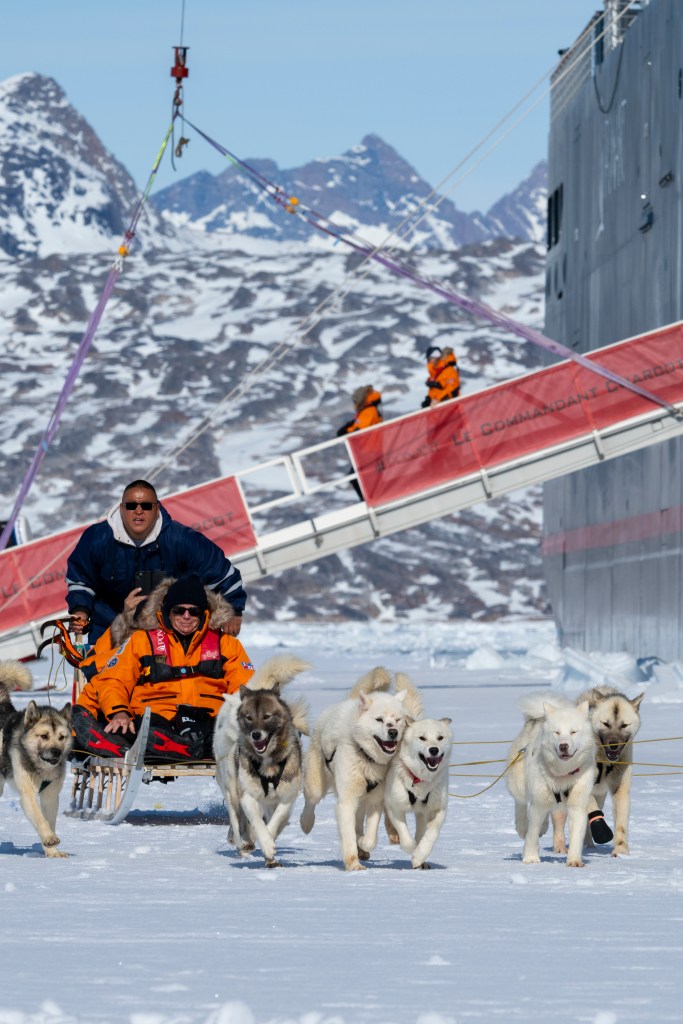
Charcot always has scientists, researchers, and explorers on board to educate passengers about the scenery and wildlife seen on the trip. British naturalist Chris Croxson and the American wildlife photographer Cindy Miller Hopkins were among these experts on our journey.
Cindy said that one sighting on our journey was extremely fortunate. “Seeing a mum polar bear with young cubs, breastfeeding? That’s very rare. With this vessel, we can go to these locations where no one else can.”
This partly is because of how quiet Le Commandant Charcot is – the eco-friendly ship is powered by clean liquid natural gas and batteries. “And the captain’s very knowledgeable; that
allows the ship to get up close to wildlife,” she says.
Charcot’s French captain, Étienne Garcia, alerted passengers over the PA system to the presence of an Orca whale or polar bear in sight of the ship. A couple of days before the journey ended, passengers were offered the opportunity to take a polar plunge, wearing nothing but a swimsuit to submerge in the minus-two-degree sea.
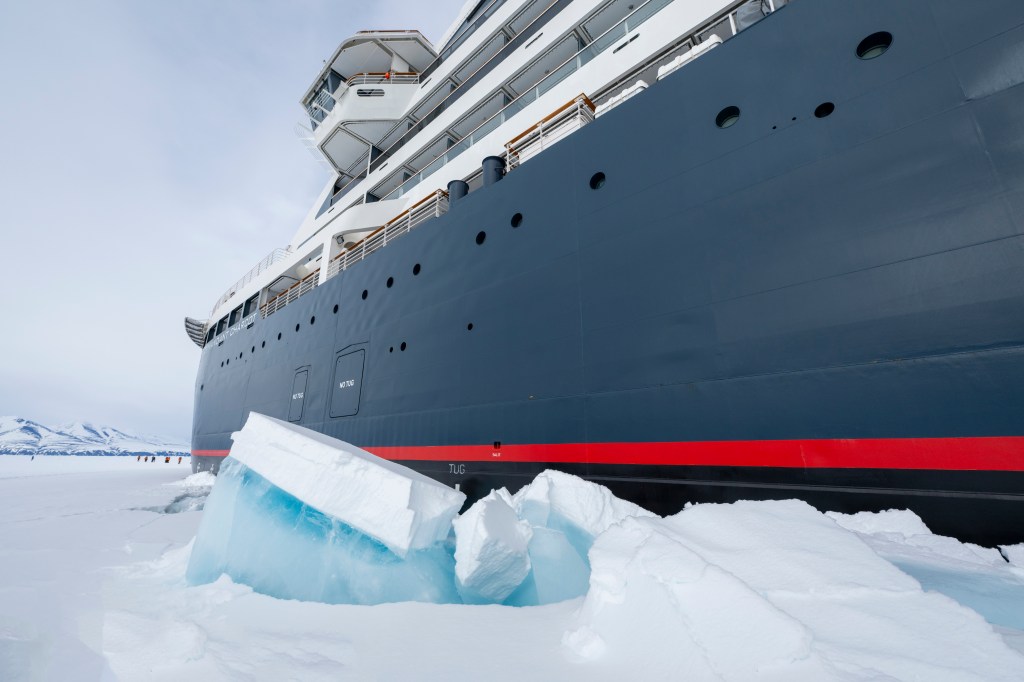
The author travelled as a guest of Ponant. https://au.ponant.com

